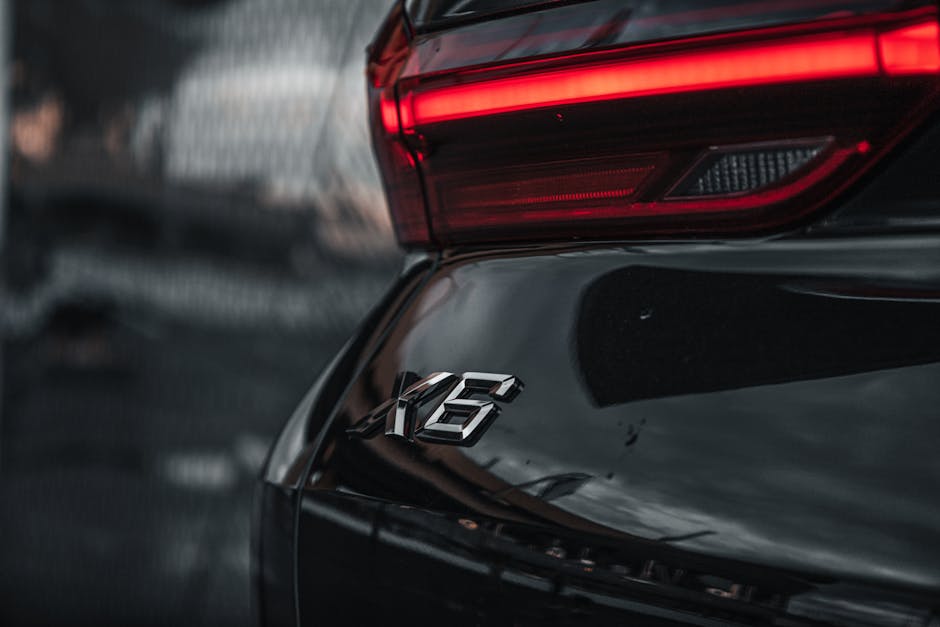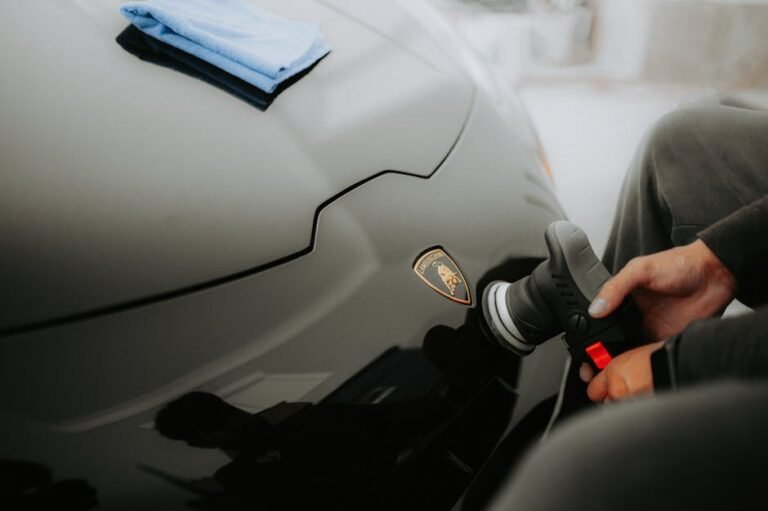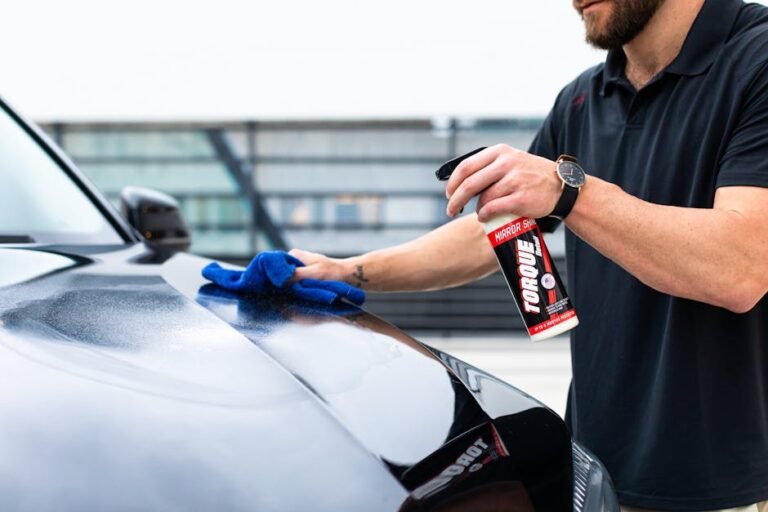Can Exterior Detailing Protect My Car’s Paint?
Discover how exterior detailing doesn’t just beautify, it shields. Dive into the transformative power of detailing to protect your car’s paint.
What is Exterior Detailing?
Exterior detailing goes beyond a simple wash to include deep cleaning, paint protection, and restoration. This meticulous process involves a combination of handwashing, clay bar application, polishing, and sealing to not only improve a vehicle’s appearance but to also protect it from environmental damage. It’s an art and a science aimed at maximizing the lifespan and look of a car’s paint.
How Does Exterior Detailing Protect Paint?
The main goal of exterior detailing is to fortify the car’s paint against the elements. This is achieved through a multi-step process that removes impurities, corrects blemishes, and finally, applies protective layers. By extracting contaminants that have bonded with the paint, detailing prevents oxidation and fading. Subsequent polishing removes scratches and swirls, leaving the surface smoother and more reflective. The final sealant or wax layer acts as a barrier against UV rays, rain, dirt, and even light scratches, preserving the paint’s vibrancy and integrity.
In addition to these benefits, the protective coatings used in the detailing process, such as ceramic coatings, offer a harder, more chemical-resistant surface. These coatings can last for years, significantly extending the period between detailings and ensuring that the paint remains in pristine condition.
The Role of Sealants and Wax in Exterior Detailing
Sealants and wax play pivotal roles in exterior detailing by adding the final touches that protect all the hard work done during the detailing process. Sealants, made from synthetic polymers, bond tightly with the paint surface to offer long-lasting protection. They’re especially effective against water, making the car easier to clean and maintaining gloss. Wax, on the other hand, gives a deeper shine and adds a thick protective layer that enhances the paint’s depth and color. Though not as durable as sealants, wax can be easily reapplied every few months for continuous protection.
The choice between sealant and wax often comes down to the owner’s preference and the car’s needs. For those seeking the longest-lasting protection, a sealant may be the best choice. However, for enthusiasts looking for that deep, wet look, wax is incomparable. Frequently, detailers will apply both, using the sealant for its endurance and covering it with a layer of wax for its unbeatable shine.
Regular Maintenance After Exterior Detailing
Maintaining the results of exterior detailing requires regular upkeep. This includes routine washing to prevent dirt and contaminants from accumulating and potentially damaging the protective layers. It’s advisable to wash the vehicle at least bi-weekly and to use cleaning products designed for use on detailed vehicles to avoid degrading the sealants or wax.
Periodic inspections should be made to check for signs of wear in the protective coatings. When signs of aging or damage appear, it might be time for a fresh application of sealant or wax, or even another round of detailing. Tailoring the maintenance schedule to the vehicle’s exposure to harsh conditions can keep the paint looking new for years.
The effort put into maintaining a detailed exterior pays dividends in preserving the vehicle’s appearance and resale value. A well-maintained coat not only looks better but is also more resistant to the environmental factors that lead to deterioration over time.
Reflecting on the layers of protection exterior detailing offers, it’s clear it’s an essential service for anyone looking to preserve their car’s paint.










